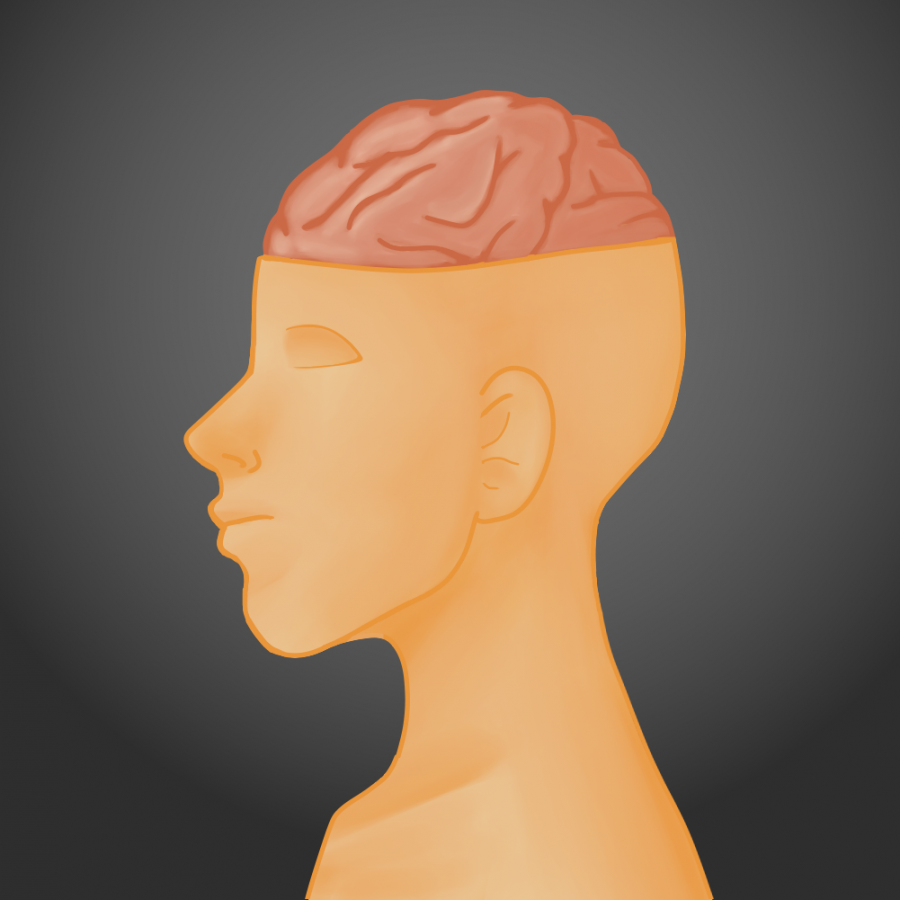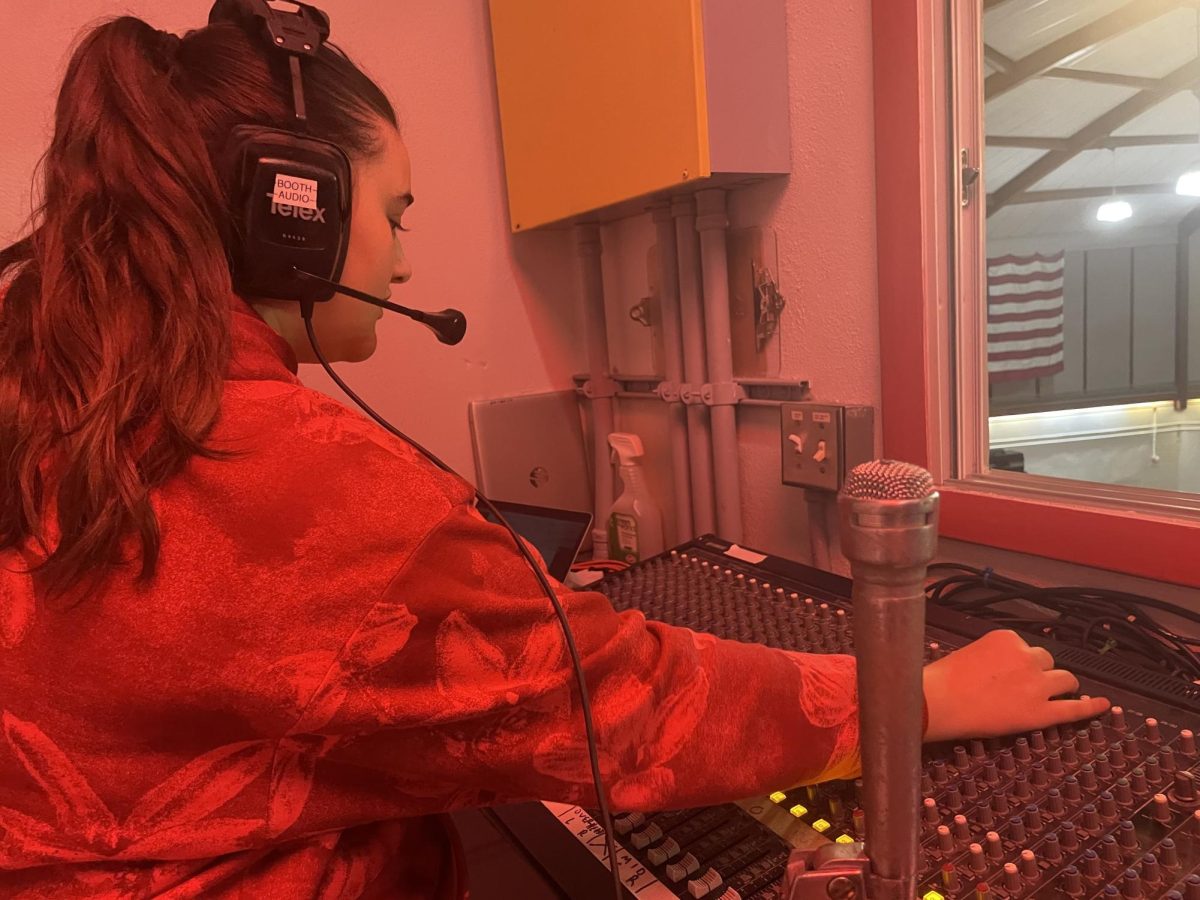What are the Signs of a Concussion in Sports?
The brain during a concussion has been the source of an incredible amount of research, and the increasing rate of concussions in athletes has been the reason for it.
Jan 9, 2019
With every game and practice that an athlete participates in, there is always a risk of some form of injury. While there are precautions in place to avoid as many injuries as possible, there are some injuries that simply cannot be avoided. Concussions are one the most common injuries for athletes who play contact sports such as football, wrestling, soccer and hockey. Concussions have the potential to be rather dangerous if not treated and taken care of in a timely manner. If an athlete misses the symptoms of a concussion, they run the risk of falling asleep, experiencing second-impact syndrome (sustaining a second head injury before the first has healed) or doing something else a concussed person would not be advised to do. These risks may be fatal or result in permanent damage to the brain. For this reason, every athlete should be well-versed on what exactly a concussion entails.
“I took several days off after experiencing a concussion from playing water polo. My doctor told me if I continued playing immediately, I could risk serious brain damage, so I advise everyone to take some time off during and after having a concussion,” senior Camila Torres said.
A concussion is classified as a mild traumatic brain injury caused by a jerking motion that sends the brain crashing into the inside of the skull. At the time of the injury, a person may experience a loss of consciousness. In the time that immediately follows the injury, a person may experience headaches, dizziness, nausea, loss of coordination, amnesia and difficulty concentrating. Along with these symptoms, there are also several cognitive symptoms that interfere with the normal flow of thoughts and mental processes. These cognitive symptoms are harder to evaluate and rely on self-reporting by the individual in order to comprehend the extent and severity of the concussion.
It is quite possible to miss the signs of a concussion, and thus, athletes should seek medical attention after suffering a head injury that is more than a light bump, regardless of whether it causes them to experience one or more of these symptoms. It is advised that athletes should never return to play while experiencing signs or symptoms of a concussion. This brain injury can cause bleeding in or around the brain, which leads to symptoms of drowsiness and disorientation. The bleeding can be fatal, and anyone who has experienced such an injury should be heavily monitored after the injury and seek further medical attention if symptoms worsen.
Although there is not a foolproof way to prevent concussions, there are several precautions athletes can take in order to avoid them. Wearing protective headgear, such as helmets and mouth guards, is one of the most important steps. In addition, full contact play should be delayed until the athlete is able to learn proper techniques to protect themselves from unnecessary impacts in action, such as tackling or checking. It is also important to educate others about concussions by sharing this information with other athletes, as well as coaches, in order for them to recognize these signs. While there are many researchers working on equipment that can directly prevent a concussion, to this day, there is no equipment that has succeeded in protecting athletes from concussions. Taking this into consideration, athletes should be extremely mindful while participating in these sports because health should always come before any hobby or career.













